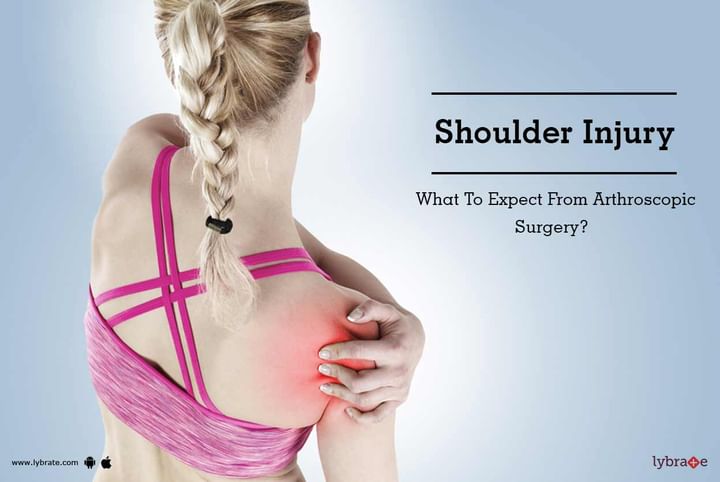Shoulder Injury - What To Expect From Arthroscopic Surgery?
Arthroscopic surgery is a minimally invasive procedure, wherein a viewing instrument is inserted into an area through a small incision in the skin and further work (repair or removal of foreign body) is carried out. With advancements in medical technology, more and more surgeries are being done arthroscopically. Ligament tears are one such instance, where almost all ligament tears are repaired through arthroscopy.
The most common shoulder ligament injury is the rotator cuff, which helps in moving the arm around the shoulder. The tear could be small, medium or large; it could also be partial or complete.
The rotator cuff tendon is inserted into the shoulder in the upper arm and if it gets torn, due to weakness or injury, the movement can be limited. This is repaired arthroscopically due to the following advantages:
- Minimal or no hospitalisation
- Minimal recovery time
- Minimally invasive
- Minimally painful procedure
Indications:
Rotator cuff tears are very common in, especially in athletes (hockey, wrestlers, football, etc.) and labour workers who are used to repetitive overhead activities. However, before going for a surgery, the following should be considered:
- Nonsurgical methods including physical and rehab therapy have not provided sufficient relief
- The patient’s overall health status should be good to sustain the surgery and recovery
- Financial and overall health risks are explained and understood
What to expect during surgery?:
- A presurgical evaluation is done to ensure that the tear can be treated arthroscopically
- X-rays and MRI may be required to confirm the diagnosis
- The procedure is done under local anaesthesia, and the procedure is done in a seated position
- General anaesthesia can be used though if the patient and the doctor chose to
- Depending on where the injury is, incisions are planned to ensure good access to the rotator cuff
- If there are foreign bodies like bone spurs, they are removed or trimmed
- The procedure usually takes about 2 to 3 hours, and the repair is carried out
- Though the complete recovery may take longer, initial recovery with relief of pain and stiffness happens quite soon after the procedure
- The incisions are closed using absorbable sutures
- The patient is given a sling for immediate postop use
Recovery:
The patient can go home after a couple of hours when the anaesthetic effect has worn off, driving is not possible though.
- Initial overuse of the shoulder must be prevented
- Pain, infection, and swelling control immediately postop is important
- Can take up to 6 months for complete recovery depending on the size of the tear
- Exercise regimen and physical therapy instructions should be strictly followed
In case you have a concern or query you can always consult an expert & get answers to your questions!



+1.svg)
